


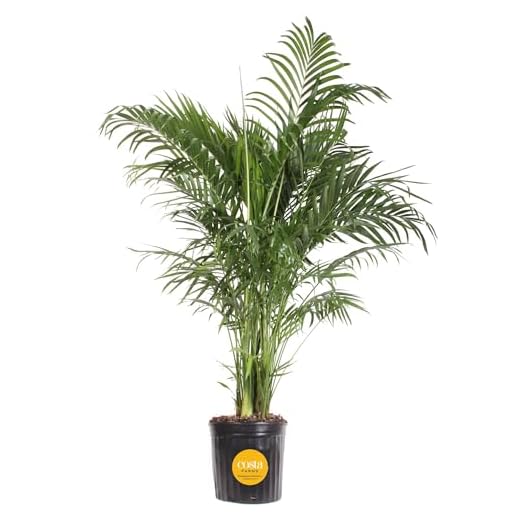
Many of my fellow furry friends often indulge in a bit of greenery, and let me share a secret: it’s more than just a quirky habit. Consuming certain leaves and stems can provide a range of benefits that go beyond mere curiosity. For instance, these greens can aid in digestion and help eliminate hairballs. So, if you catch me nibbling on your houseplants, it’s not just for fun!
Another interesting fact is that some plants contain compounds that can stimulate playfulness or relaxation. Yes, I might be drawn to those little green delights for their aromatic properties that enhance my mood. Catnip is a well-known example, but there are other herbs that can also have similar effects. Having access to these plants can create a more enriching environment for us indoor adventurers.
It’s important to note, however, that not all flora is safe for my consumption. Some can be toxic and cause serious health issues. Always ensure that any greenery within reach is safe for me to explore. A little research can go a long way in making sure our home stays a happy and healthy place for us furry companions.
Why Do I Enjoy Snacking on Greenery
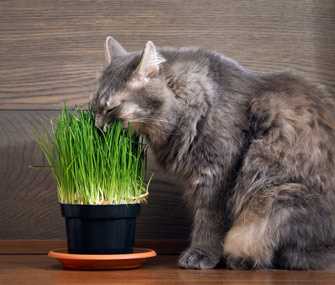
Occasionally, I find myself nibbling on some leaves or grass, and there are several reasons for this behavior. One primary reason is the presence of fiber in these greens, which aids my digestion. It helps me with those pesky hairballs that sometimes bother me. A little munching can assist in moving things along in my tummy.
Another factor is the natural instinct to seek out certain types of vegetation. In the wild, my ancestors would consume plant matter to obtain necessary nutrients that aren’t always available in a meat-only diet. Sometimes, I’m craving that extra boost that greens can provide.
Additionally, the act of chewing on foliage can be quite stimulating. It offers an opportunity for some mental engagement and a fresh texture to my routine. Plus, the enticing smell of certain herbs can be irresistible. I find that aromatic varieties often catch my attention, inviting me to explore and taste.
Lastly, there’s a social aspect. When I see my human tending to their plants, it piques my curiosity. I often wonder what they find so appealing about their greens. Mimicking their actions gives me a chance to bond with them, even if it means indulging in a bit of their plant life.
Understanding the Natural Instincts of Cats
Felines possess an innate curiosity that drives them to explore various textures and tastes. This behavior is rooted in instincts that have evolved over millennia.
One key aspect is the hunting instinct. Even domesticated, many of us retain traits that connect us to our wild ancestors. Engaging with greenery may simulate the search for prey, offering a satisfying sensory experience.
Another factor is the digestive benefit. Consuming certain greens can aid in gastrointestinal health, providing fiber that helps manage hairballs and promote regularity. This natural behavior can be observed through:
- Chewing on grass or specific herbs.
- Seeking out plants known for their health benefits.
Moreover, the act of nibbling on foliage can serve as a stress reliever. Just like humans might turn to a favorite snack, we may find solace in the act of gnawing on leaves, leading to a sense of comfort.
To accommodate these instincts, consider offering safe, non-toxic options. Examples include:
- Catnip
- Cat grass
- Wheatgrass
By providing appropriate choices, both the curiosity and health needs can be satisfied, contributing to overall well-being.
The Role of Fiber in a Cat’s Diet
Including fiber in my meals is crucial for maintaining good digestive health and overall well-being. This component aids in preventing hairballs and constipation while promoting regular bowel movements.
Benefits of Fiber
- Supports healthy digestion by regulating gut motility.
- Helps control weight by promoting a feeling of fullness.
- Reduces the risk of certain diseases by maintaining gut health.
Sources of Fiber
Natural options for fiber include:
- Vegetables such as carrots and peas.
- Fruits like pumpkin and apples (without seeds).
- Commercial cat food specifically designed with added fiber content.
Integrating these fiber-rich foods can significantly enhance my diet, ensuring I stay healthy and active. Always consult with a veterinarian before making any dietary changes to ensure the right balance for individual needs.
Common Houseplants That Are Safe for Felines
Here are some safe options for your indoor jungle:
Spider Plant
This resilient beauty is non-toxic and easy to care for. Its long, arching leaves are perfect for playful paws.
Bamboo Palm
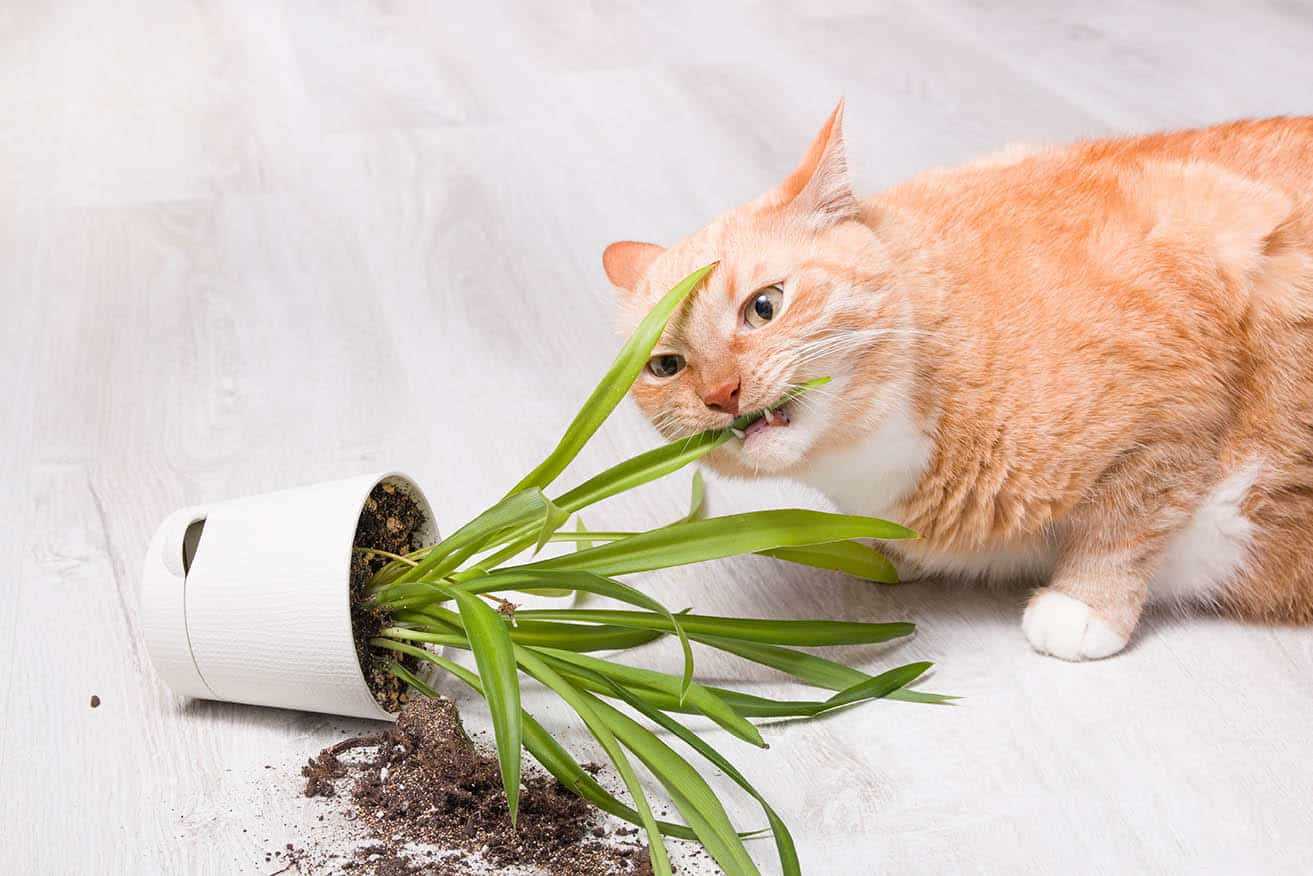
A lovely addition to brighten up any space, this palm is safe and can help purify the air, creating a healthier environment.
Boston Fern
With its lush fronds, this plant offers a perfect hiding spot for curious companions. It’s safe to coexist with your furry friend.
Areca Palm
Known for its feathery leaves, the Areca Palm is attractive and safe. It thrives in indirect light, making it suitable for various rooms.
Ponytail Palm
This unique plant requires minimal attention and is completely harmless. Its quirky shape catches the eye of many visitors.
Parlor Palm
Small and elegant, this palm thrives in low light and is non-toxic. It adds a touch of greenery without risks.
Always ensure that any new plant is checked for safety, as some varieties can be harmful. Enjoy creating a feline-friendly green space!
Identifying Toxic Plants for Feline Health
It’s essential to recognize which greenery poses risks. Certain species can cause severe health issues. Here’s a concise list of common toxic varieties to steer clear of:
| Plant Name | Toxic Effects |
|---|---|
| Lily | Kidney failure, vomiting |
| Philodendron | Oral irritation, difficulty swallowing |
| Aloe Vera | Vomiting, diarrhea |
| Dieffenbachia (Dumb Cane) | Swelling of the mouth, difficulty breathing |
| Oleander | Heart issues, gastrointestinal distress |
| Azalea | Vomiting, lethargy, possible coma |
Always check before introducing new species into your space. If exposure occurs, immediate veterinary attention is necessary. Keeping a list handy can help manage any potential risks. For more insights on maintaining a safe environment for our furry companions, check out this resource: best canon digital camera below 7000.
Behavioral Reasons Behind Plant Eating in Cats
As an 8-year-old Scottish Fold, I’ve observed some intriguing behaviors regarding my fascination with greenery. One key aspect is the exploration of textures. Chewing on leaves and stems provides a sensory experience that’s different from my usual kibble. The crunchiness of plant matter is oddly satisfying.
Another reason for this behavior is boredom. Without enough stimulation, I tend to seek out new experiences, and foliage offers an engaging alternative. It’s not just about hunger; it’s about keeping life interesting. A strategic placement of cat-friendly herbs can redirect that energy into something safe and enjoyable.
Mimicking natural hunting instincts plays a role too. Pouncing on unsuspecting foliage can simulate the thrill of the chase. This instinctual behavior helps maintain my mental agility and keeps me entertained, giving a sense of accomplishment after a successful ‘hunt.’
Furthermore, some plants are rich in specific nutrients. Engaging with greenery might help me fulfill certain dietary needs, particularly regarding fiber. This can assist with digestion, especially for those days when I might have indulged a bit too much in my treats.
Curiosity drives me to investigate my surroundings, and plants often attract my attention. The movement of leaves or the smell of fresh herbs can be irresistible. Providing a designated area with safe options can satisfy my curiosity while ensuring I stay healthy.
How to Redirect Your Cat’s Plant-Eating Habit
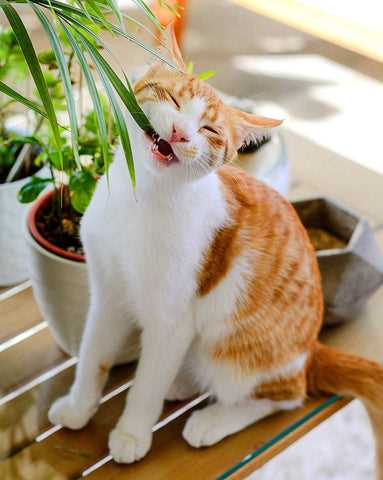
Offer alternative options such as cat grass or catnip. These plants are safe and appealing, satisfying the urge to nibble without the risks associated with houseplants.
Provide a Designated Chewing Area
Create a specific spot for your furry friend to enjoy their greens. Use a small pot of cat grass or safe herbs. This will encourage them to focus on these designated plants instead of your household greenery.
Use Deterrents Wisely
Utilize safe deterrents to discourage access to harmful vegetation. Bitter sprays or citrus-scented products can keep them away from toxic varieties. Just ensure that deterrents are pet-safe and non-toxic.
Incorporate milk thistle for cats as a supplement if needed. It can provide additional fiber and support, catering to their natural instincts while maintaining their health.
Monitor closely and adjust the environment as needed. Observing their behavior will help you refine your approach, ensuring a safe and happy home.
Creating a Cat-Friendly Indoor Garden
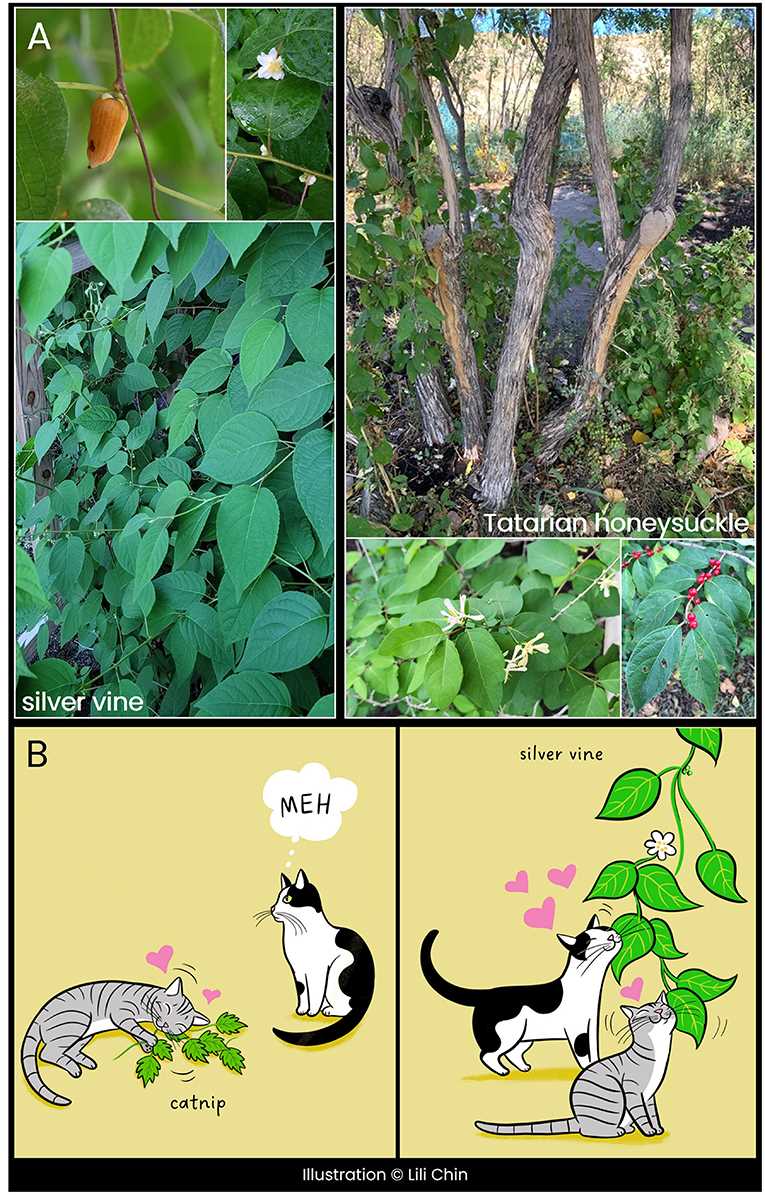
Start with cat-safe greenery. Consider options like catnip, spider plants, or wheatgrass. These varieties provide a safe and enjoyable experience without risking health issues.
Placement Matters
Position your chosen botanicals in accessible areas. Windowsills or elevated shelves allow me to explore while ensuring plants receive adequate sunlight. Use decorative pots that complement the home environment.
Maintenance and Care
Regularly check for pests and signs of overgrowth. Pruning keeps the garden tidy and promotes fresh growth. Water according to the needs of each type of plant. A good schedule helps maintain vitality while preventing any potential mess.
Incorporate fun elements like small, interactive pots that allow for playful engagement. This keeps my curiosity piqued and provides a healthy outlet for my instincts.










